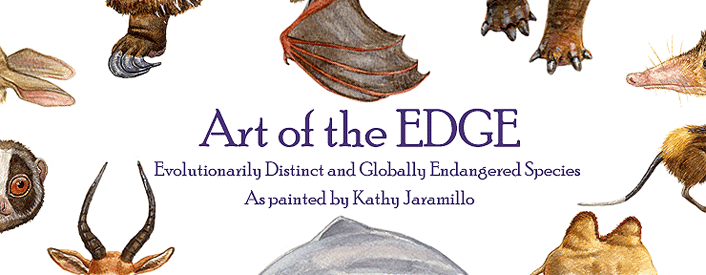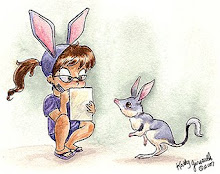
I'm doing these paintings in random order, but I decided to finish the Yangtze River Dolphin next. It makes me sad to think that they're most likely extinct, or have so few left that the population won't recover. I tried not to make it look too cute, but what can you do when it's already smiling? This one gave me some trouble; it's so smooth, I couldn't hide my brushstrokes with fur texture. I ended up darkening it a bit more than I had intended to do. Most of my reference photos were from dead animals with varying colors, so hopefully this is accurate. Strange fact about me: I always paint the eyes of animals last (I think most people start with the eyes). On this painting, it pretty much looked the same before and after I added the eye.






